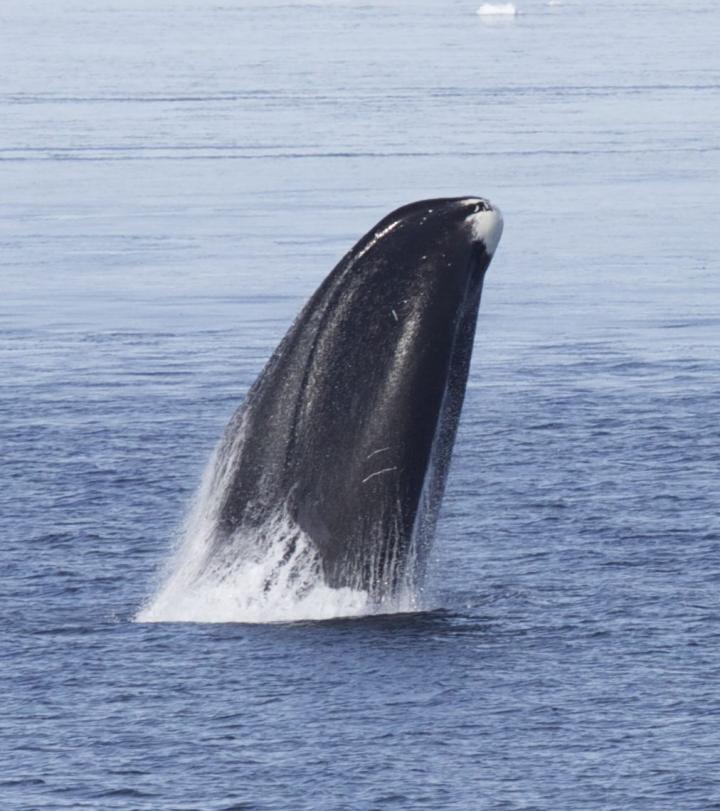The difference in pressure between the blood entering and exiting the brain for these pulses can cause damage. Long-term damage of this kind can lead to dementia in human beings while horses deal with the pulses by breathing in and out.
A new study has found that pulse mechanism in marine mammals that swim with dorso-ventral movements; in other words, whales. And, they may have found out just why whales avoid long-term damage to the brain doing it; special blood vessels in whale brains.
There are many theories as to the exact use of these networks of blood vessels cradling a whale’s brain and spine, known as ‘retia mirabilia’, or ‘wonderful net’, but the study authors believe they’ve solved the mystery, with computer modeling backing their predictions.

Dr. Margo Lillie of the University of British Columbia and colleagues theorized that the retia use a ‘pulse-transfer’ mechanism to ensure there is no difference in blood pressure in the cetacean’s brain during movement, on top of the average difference. Essentially, rather than dampening the pulses that occur in the blood, the retia transfer the pulse in the arterial blood entering the brain to the venous blood exiting, keeping the same ‘amplitude’ or strength of pulse, and so, avoiding any difference in pressure in the brain itself.
The researchers collected biomechanic parameters from 11 cetacean species, including, fluking frequency, and input these data into a computer model.
The model could potentially be used to ask questions about other animals and what’s happening with their blood pressure pulses when they move, including humans, says Dr. Shadwick. And while the researchers say the hypothesis still needs to be tested directly by measuring blood pressures and flow in the brain of swimming cetaceans, this is currently not ethically and technically possible, as it would involve putting a probe in a live whale.
“Understanding how the thorax responds to water pressures at depth and how lungs influence vascular pressures would be an important next step,” says co-author Dr. Wayne Vogl, professor in the UBC department of cellular and physiological sciences. “Of course, direct measurements of blood pressure and flow in the brain would be invaluable, but not technically possible at this time.”
'Retia mirabilia: Protecting the cetacean brain from locomotion-generated blood pressure pulses' was published today in Science.





Comments